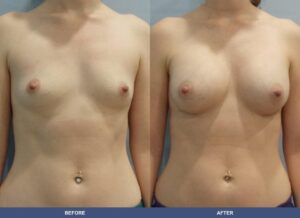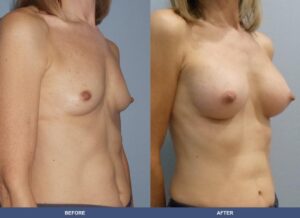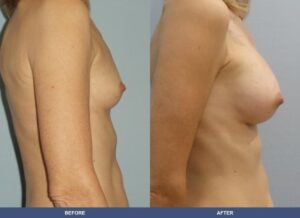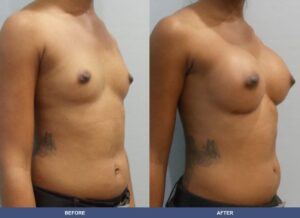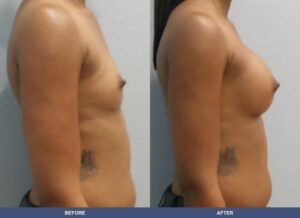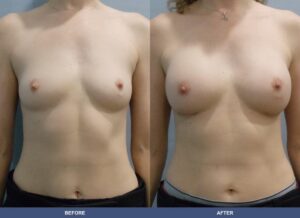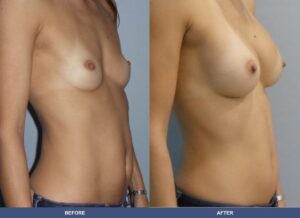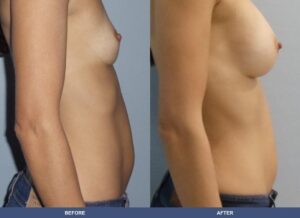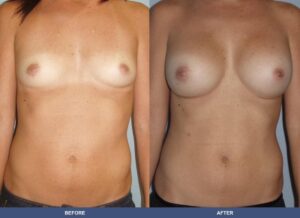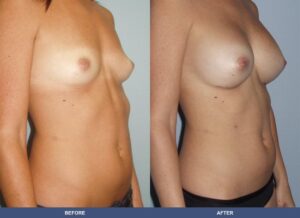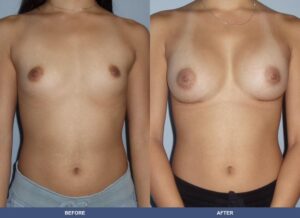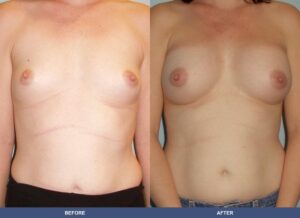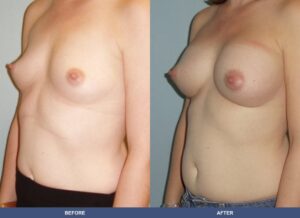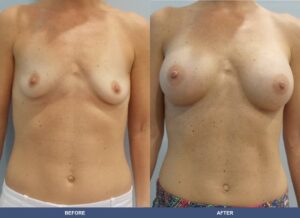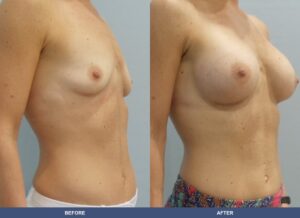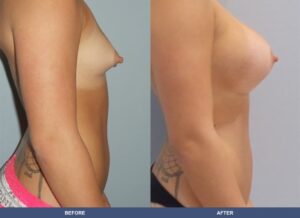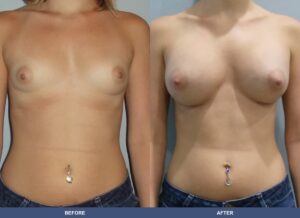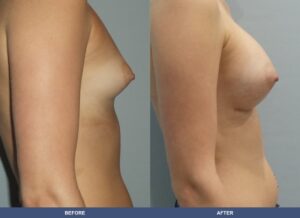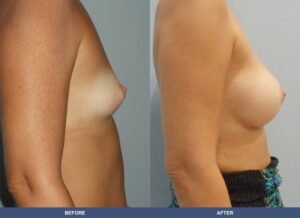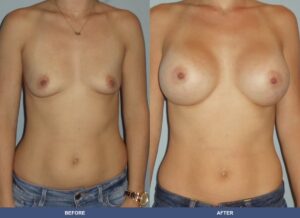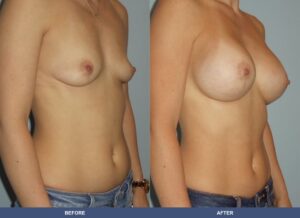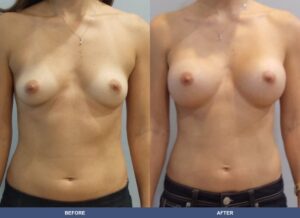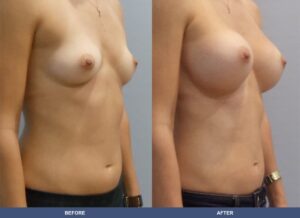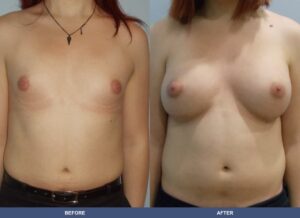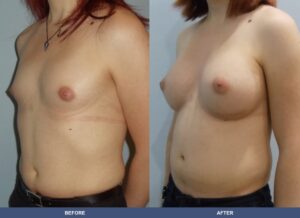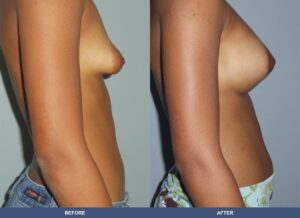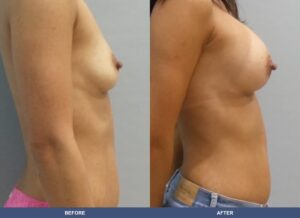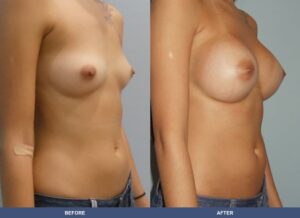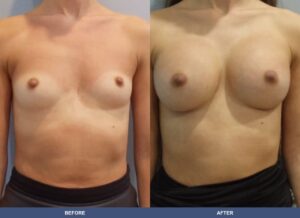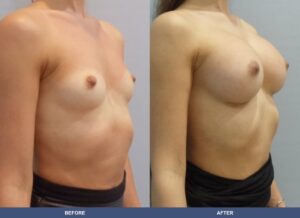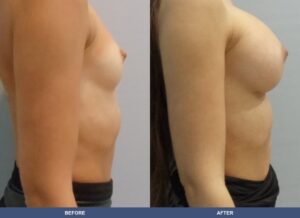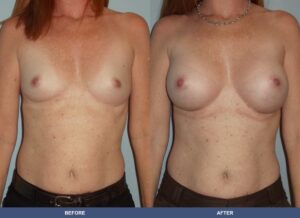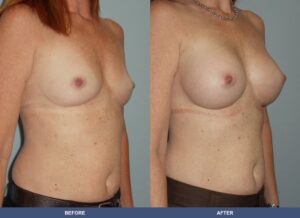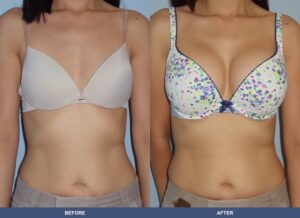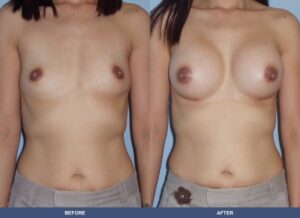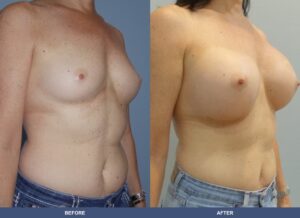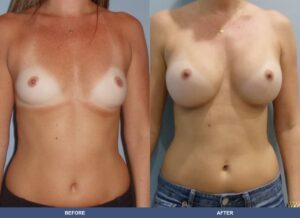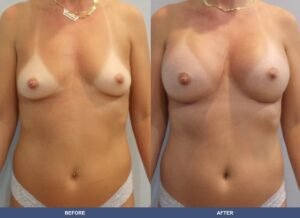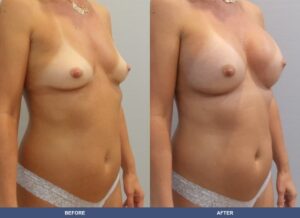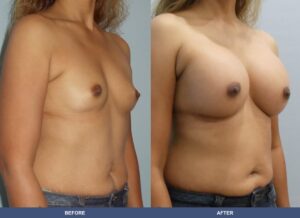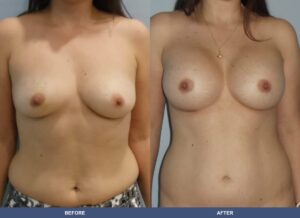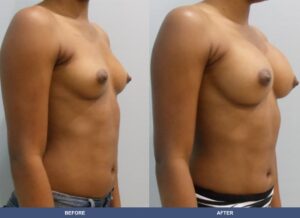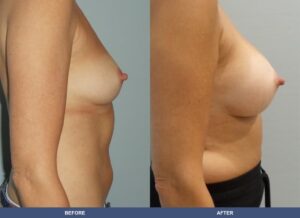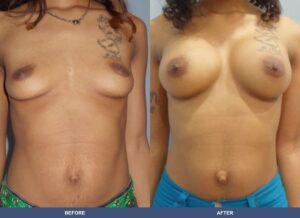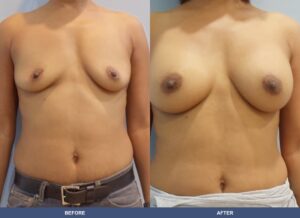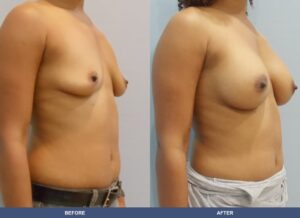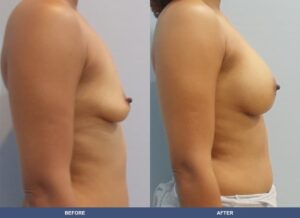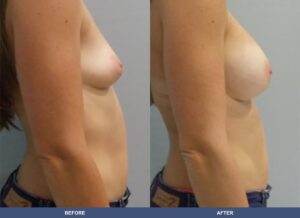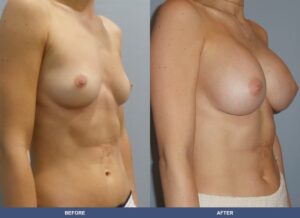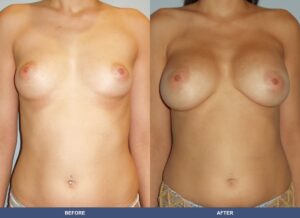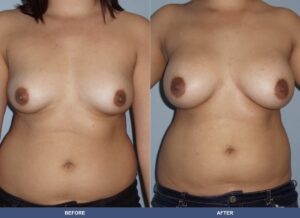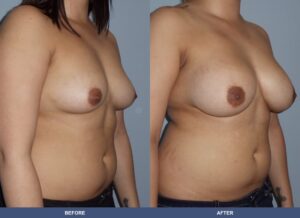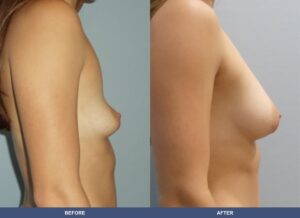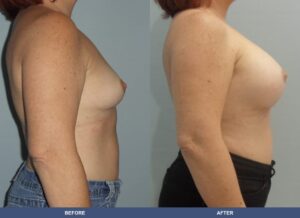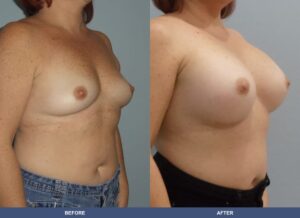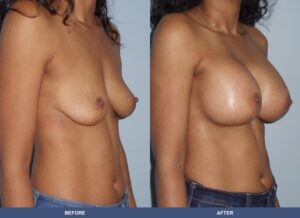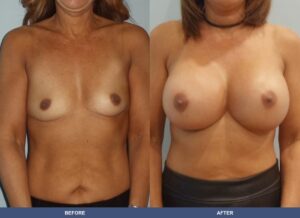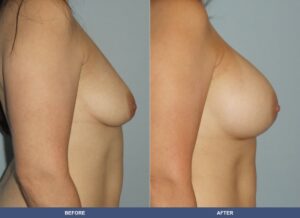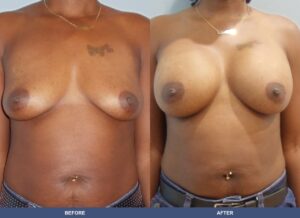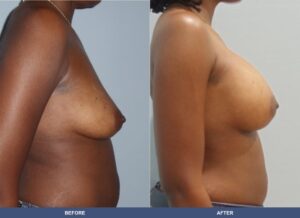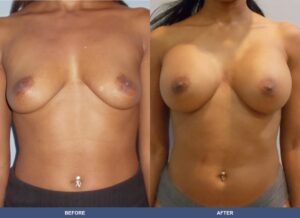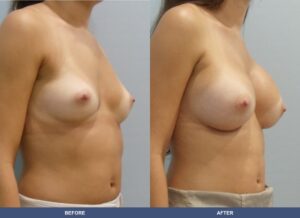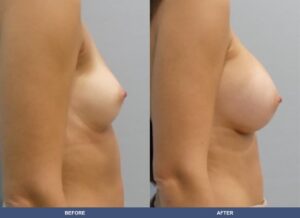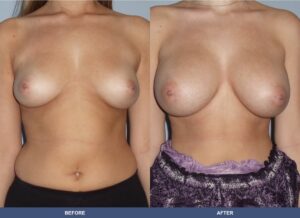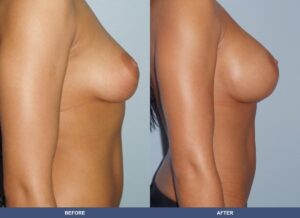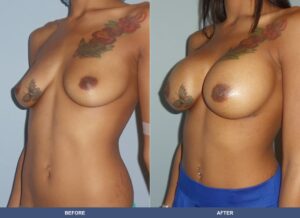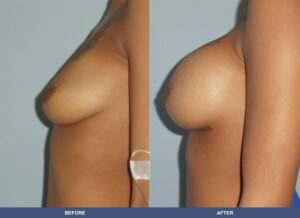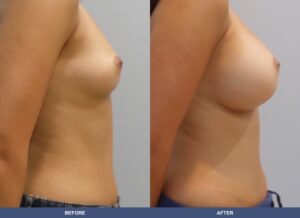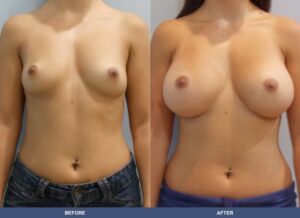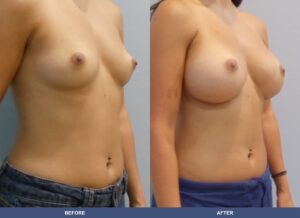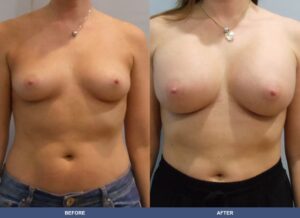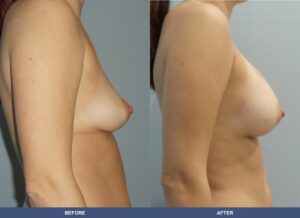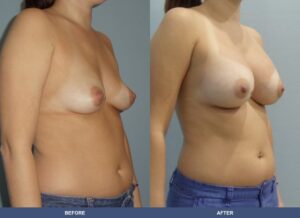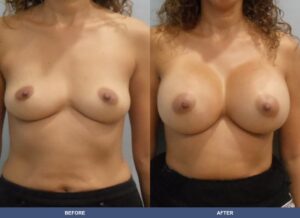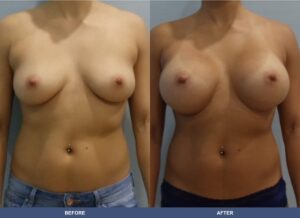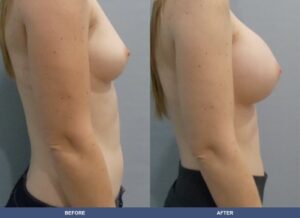Painless Breast Implants® in South Florida
If you often wish that your breasts were larger, fuller, or shapelier, breast augmentation surgery may be the right choice for you. Breast augmentation is a cosmetic procedure that uses implants to enlarge and shape the breasts. As one of the most popular cosmetic procedures in the world, breast augmentation is a safe and easy way to enhance your breasts and get the look you’ve always wanted.
There are many reasons why women opt for breast augmentation surgery, including an enhanced self-image, to get that pre-baby body back, or to achieve a more proportionate look with the rest of the body. A common concern for women, however, is the potential for pain that is involved in the healing process, having to miss too many days of work, or being unable to tend to daily tasks.
That’s why Dr. Wigoda pioneered the Painless Breast Implant technique, where he provides women with breast augmentation surgery that has less bruising, less swelling, and quicker recovery time. Our mission is centered around providing a comfortable and safe cosmetic procedure that doesn’t require a ton of downtime.
Painless breast implants with Dr. Wigoda allow you to achieve a new look, a self-image boost, and greater freedom with fashion. Regardless of your age, there’s no reason you shouldn’t always look and feel your best!
You may be a good candidate for breast augmentation (augmentation mammaplasty) if you have any of the following conditions:
- You are bothered by the feeling that your breasts are too small
- Weight loss has changed the size and shape of your breasts
- After having children, your breasts have become smaller and have lost their firmness
- Dresses that fit well around your hips are often too large at the bustline
- One of your breasts is noticeably smaller than the other
- You feel self-conscious wearing a swimsuit or form-fitting top
If these conditions apply to you, talk to our team of cosmetic professionals about undergoing breast implant surgery in Fort Lauderdale and Miami.
How Is Breast Augmentation Performed?
The specific method chosen for your breast augmentation will be determined by your anatomy, Dr. Wigoda’s preferences, and your desired results. The incision is small and is usually made in one of three locations: underneath the breast just above the crease; around the lower edge of the areola; or within the armpit.
Once the incision is made, Dr. Wigoda creates a pocket into which the implanted is inserted. This pocket is made either directly behind the breast tissue or beneath the pectoral muscle located below the breast tissue and above the chest wall.
Anatomic teardrop-shaped implants are available and may be optimal in certain patients, depending on their anatomy and the look they desire. In addition, both saline-filled and silicone gel-filled implants are available. To learn more about saline vs. silicone implants, click here to watch Dr. Wigoda’s educational video on breast implants.
Painless Breast Implants® In South Florida
Dr. Wigoda performs Breast Augmentation using a special technique that he has developed over his more than 18 years in practice where there is significantly reduced pain and a quicker recovery. To learn more watch our video testimonials.
Call us today to schedule a free consultation, and check out some of our articles about breast implants and breast augmentations.
- A Guide to Choosing the Right Implant Size
- How Much Do Breast Implants Cost
- Breast Implant Safety: Risks and Information
- The Difference Between Silicone And Saline Breast Implants
- How Will I Feel After Breast Implant Surgery?
- Tips for Choosing a Breast Implant Profile
- Everything You Need to Know About Breast Augmentation Scars




